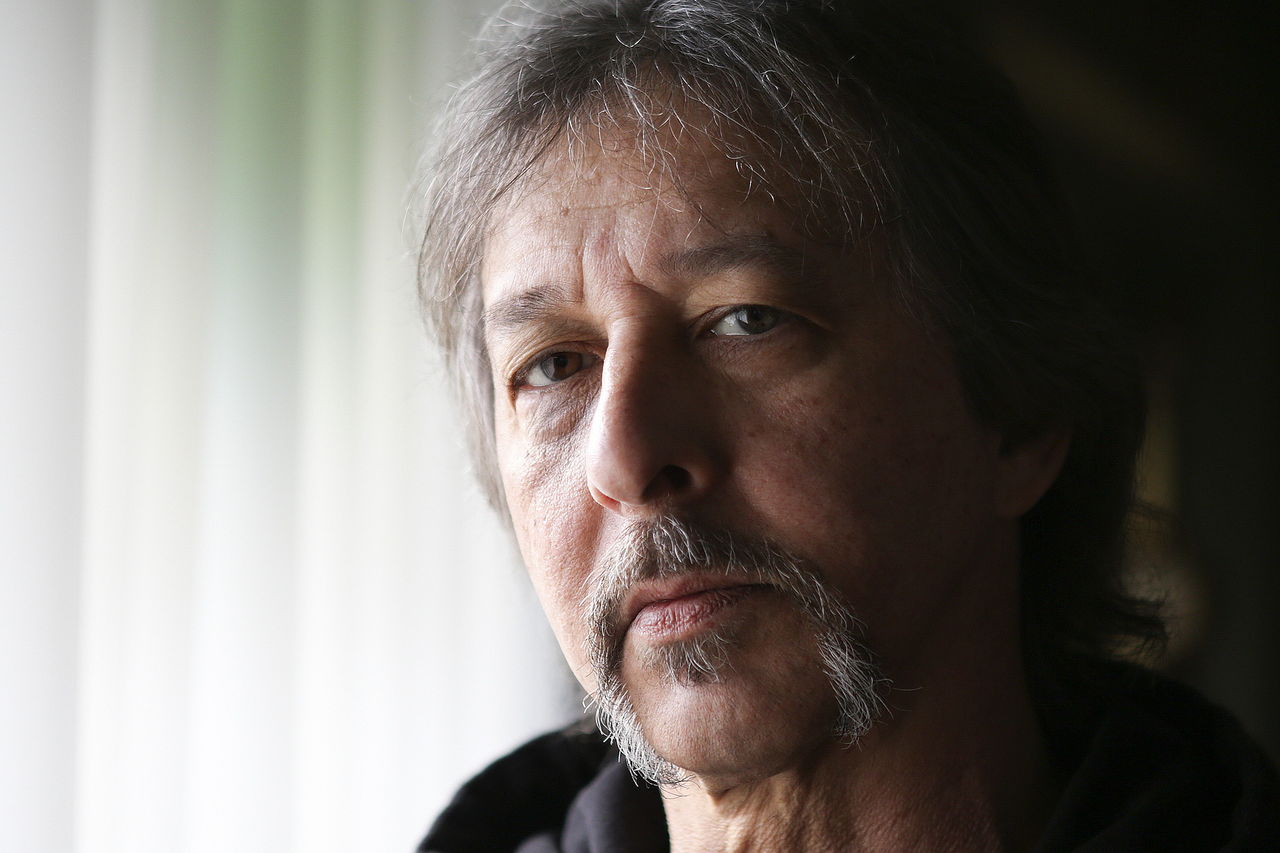EVERETT — After enlisting in the Marines in 1979, Doug Jones spent time at Camp Lejeune, a 264-square-mile base camp in North Carolina.
He said he never tasted anything unusual in the base’s water during the four to five months he spent there between deployments. “But we drank a heck of a lot of it,” he said. “We would go on forced marches. You drink a lot of water. We always made sure our canteens were full.”
Twenty-four years later, Jones noticed lymph nodes in his lower groin were unusually swollen. At first, doctors thought it was caused by a virus. “I don’t think so,” Jones remembers thinking. He asked for a biopsy of the lymph nodes.
A few days later he was told he had follicular lymphoma, a type of non-Hodgkin lymphoma where immune system cells often collect in the lymph nodes.
Although he didn’t know it when he was diagnosed in 2003, Camp Lejeune’s water had been contaminated for decades with benzene, vinyl chloride, and carbon-based compounds known as volatile organic compounds.
Fifteen diseases and conditions have now been associated with exposure to the water, including non-Hodgkin lymphoma; esophageal, breast, kidney, bladder and lung cancer; multiple myeloma; kidney damage; female infertility; scleroderma; leukemia; miscarriage; hepatic steatosis, a liver disease; neurological and behavioral problems; and myelodysplastic syndromes,which disrupts the production of blood cells.
National attention to a possible link between health problems and exposure to the base’s water first began in 2014. Both the Marine Corps and the Veterans Administration are continuing their efforts to spread the word that help is available for anyone stationed or working at Camp Lejeune between 1953 and 1987.
Jones, 55, said getting more public attention to the issue was the reason he decided to speak out. “My main concern is there might be a lot of vets living on the West Coast who were stationed there and aren’t aware of this,” he said. “Let’s make it clear that vets need to be checked if they were stationed at Camp Lejeune.”
Veterans connecting with other veterans are often what bring people to VA offices seeking help, said Dr. Stephen Hunt, the national director of post-deployment care who works in the organization’s Seattle office.
Hunt said that the first step in getting help is registering at a Marine Corps website. “This is another way to bring veterans in for care,” Hunt said. If they’re not enrolled in the VA health care system, “we want to make sure they get enrolled,” he said. “They can be evaluated for Camp Lejeune or another exposure they have had.”
Veterans can automatically qualify for health care and can ask to be reimbursed for the costs of being treated for one of the 15 conditions associated with the Camp Legeune’s contaminated water. Jones said he drained all of his retirement savings — about $7,000 — to pay for medical tests to monitor his condition and is now applying for reimbursement.
The federal Agency for Toxic Substance and Disease Registry looked at a number of health problems among those based at Camp Lejeune during the time that the water was contaminated. The New York Times reported that Marines who had served at Lejeune were 10 percent more likely to die from cancer than fellow Marines who based at Camp Pendleton in California. Overall, 16 of 21 types of cancer were at least modestly higher among those who had spent time at Lejeune, the newspaper said.
Since his diagnoses, Jones said his condition has progressed from stage 1 to stage 3 follicular lymphoma. So far, he hasn’t had to undergo anti-cancer treatments.
“At this point, all they do is keep tabs on my bloodwork every six months and do CT scans,” he said. “It’s not to say it won’t metastasize into something else.”
Jones said he also regularly checks his lymph nodes for changes. “It’s a mental thing for me,” he said. “It stresses me out.”
Sharon Salyer: 425-339-3486; salyer@heraldnet.com.
Register
People living or working at the U.S. Marine Corps Base Camp Lejeune, North Carolina, from the 1950s through the 1980s were potentially exposed to water contaminated with benzene, industrial solvents and other chemicals. Fifteen health problems have been associated to exposure to the water.
The U.S. Marine Corps is encouraging all those who lived or worked at Camp Lejeune before 1987 to register to receive notifications regarding Camp Lejeune Historic Drinking Water at tinyurl.com/dblejeune. Veterans enrolled with the Veterans Administration and sign up for the Camp Lejeune Program at www.va.gov/directory/guide. They can apply for benefits at www.va.gov/healthbenefits/apply. Call 877-222-8387 for information.
Talk to us
> Give us your news tips.
> Send us a letter to the editor.
> More Herald contact information.

























